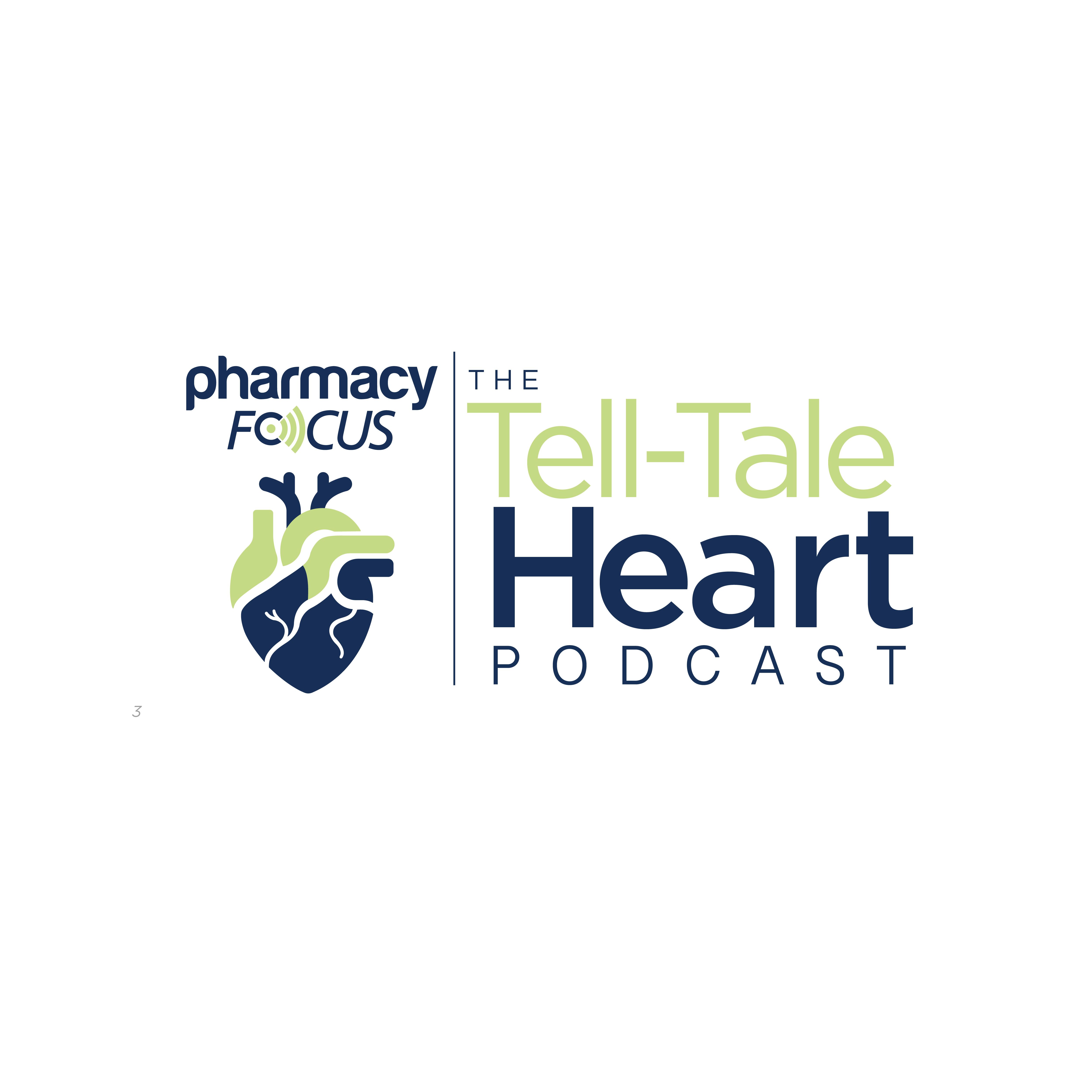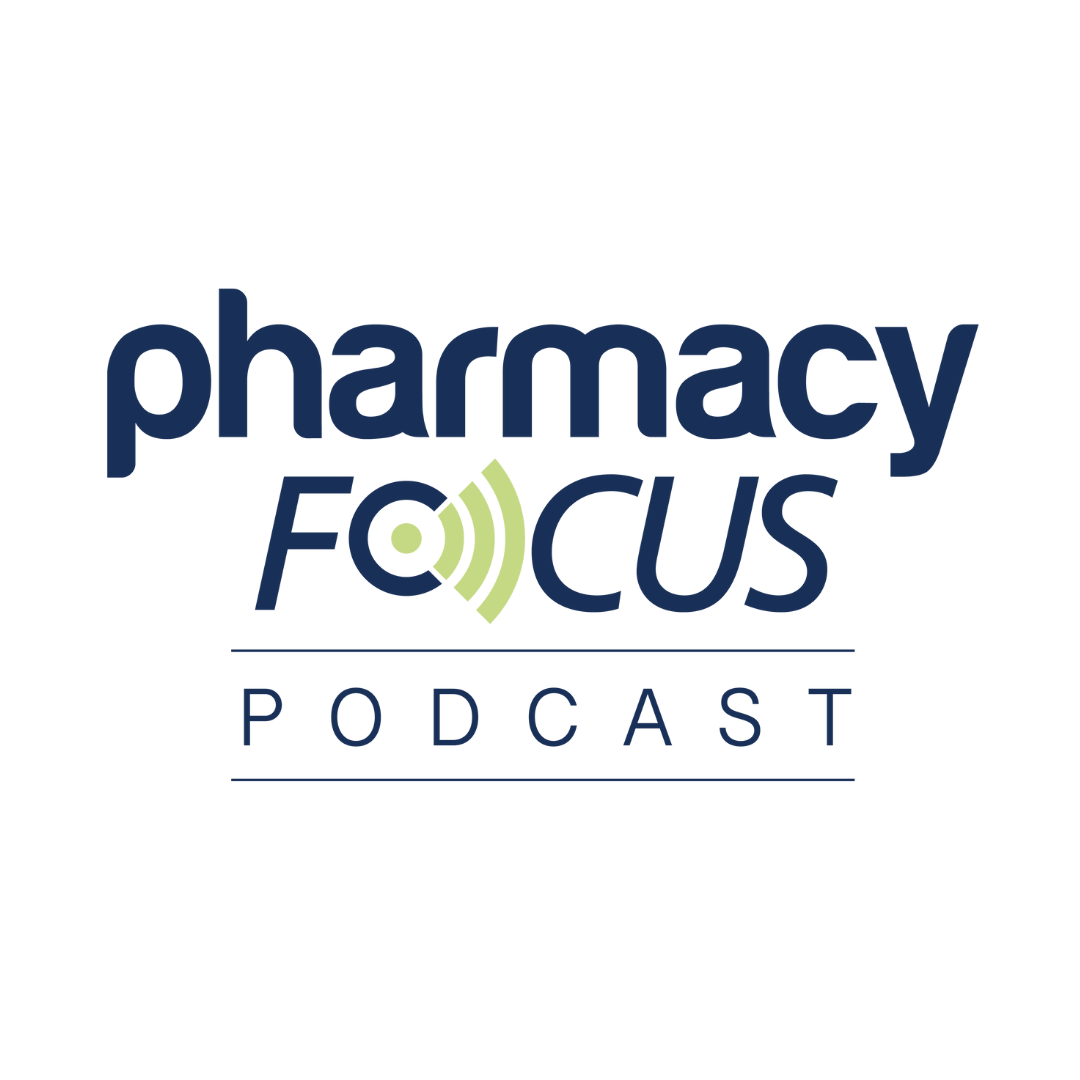News
Video
The Evolving Pharmacist Role in HER2-Negative Adjuvant Breast Cancer Therapy
Julia Ziegengeist, PharmD, BCOP offers insights for pharmacists navigating adjuvant and neoadjuvant treatment of breast cancer.
In an interview with Pharmacy Times,® Julia Ziegengeist, PharmD, BCOP, clinical pharmacist coordinator of solid tumor oncology at the Levine Cancer Institute, Atrium Health, discussed data from her presentation at the HOPA Annual Meeting 2025 about adjuvant and neoadjuvant treatment of early-stage human epidermal growth factor receptor 2-negative (HER2-) breast cancer (BC). She discussed the challenges of balancing efficacy against toxicity with multiple agents, especially for long-term treatments, as well as noted the importance of dosing adjustments to improve quality of life.
Pharmacy Times: How do you approach identifying patients with early-stage HER2-BC who are most likely to benefit from novel neoadjuvant or adjuvant therapies?
Julia Ziegengeist, PharmD, BCOP: We’re always looking at risk factors, and there's not a defined exact science to which risk factors are going to be the highest, but we do look at things like tumor size. We also look at the number of positive lymph nodes that a patient has, and then on that pathology, it can also tell us what grade it is. So specifically, grade 3 tumors tend to be higher risk than others. And then Ki-67 can also play a role—typically, anybody who’s greater than 20 to 30% is considered higher risk.
Sometimes with our HER–positive patients, we can also have our genomic risk assays, like Oncotype or MammaPrint, that can give us some insight as well into those high-risk features. But not a clear, defined, exact set—but we can utilize a few things to tell us who is highest risk.
Pharmacy Times: What are some common challenges pharmacists face when helping to develop or adjust treatment plans for these patients—and how do you navigate them?
Ziegengeist: So, kind of playing into that first question, we know that there’s a lot of different criteria that different clinical trials used to qualify people for different adjuvant treatments. So that’s the first hurdle that we kind of must get past—deciding which drug is this patient a candidate for—and that’s where pharmacists can come in and play a huge role in just kind of helping go through all of those criteria, looking at the patient, and determining what they’re a candidate for.
And if we’re lucky enough, they can be candidates for multiple agents in the adjuvant setting—but that also poses an additional hurdle that we have to get through to decide which one is we going to give them, or do we give them multiple? Because there’s no head-to-head trials for a lot of these adjuvant agents, we don’t have any, obviously, comparator arms because of that. And then we also don’t have any sequencing information to say which one we should give first, or even if we should do both if they qualify for multiple agents.
So, in that setting, that’s also where pharmacists can play a role, because we’re thinking about things like what patient-specific factors can we look at to help us determine these things—such as their prior tolerance of certain treatments, maybe some of their past medical history. So, a lot of different things that pose challenges, but that’s where pharmacists can play a huge role in the clinic itself.
Pharmacy Times: How do you weigh efficacy data against potential toxicities when selecting between treatment options for early-stage HER2-negative breast cancer?
Ziegengeist: So luckily, for a lot of our adjuvant treatments, they’re pretty well tolerated, whether it be in the triple-negative or the hormone receptor–positive space. That being said, patients are on this for years, and we don’t want to downplay the fact that even a grade 1 or grade 2 toxicity can be very detrimental to their quality of life. So we have to play that into consideration when we’re looking at these adjuvant treatments.
Certainly, we’re going to emphasize that we would prefer patients be on ones that demonstrate an overall survival benefit—but certainly those that also demonstrate a longer-term disease-free survival benefit. For example, our CDK4/6 inhibitors that have demonstrated—even once you stop the drug—we’re continuing to see benefit there. That can be a role, and play a role, and make us want to have a patient initiate that treatment, even though we’re compromising maybe some quality of life there.
That’s obviously a very big discussion point with patients, and one of the things that we can do is potentially dosing reductions. So, if their quality of life is decreased because of those toxicities, we can reduce the doses and hopefully get them to a good point where they’re able to tolerate it better. And we’ve shown that for both of our CDK4/6 inhibitors in this setting—that we can reduce the doses, and they still demonstrate good benefit and better tolerance.
Pharmacy Times: Looking ahead, are there any emerging therapies or trial results you believe will significantly shift treatment planning in this setting?
Ziegengeist: So 5 years ago, if you were to take a look at the slides that we just presented, you would say all of these drugs are treatments that we use in the metastatic setting. Now they’re being used in the early stage, and I think that we may continue to see kind of the migration there—just some of our targeted agents, and even like our antibody-drug conjugates that we, right now, only use in the metastatic setting. And so, nothing that’s ready for prime time, or ready for incorporation into our guidelines as of yet, but I think that is going to be a continued trend.
Pharmacy Times: Can you share some information about the HOPA CE session you joined?
Ziegengeist: This CE session was put on through PTCE, and it was a didactic session by Daniel Roman, followed by a panelist discussion with Rose DiMarco, myself, and Daniel. And so, we discussed a lot about the adjuvant therapies that we're utilizing in both the triple negative and the hormone receptor positive space—so essentially, everything that's HER2-negative. And we discussed a lot about the nuances behind how we would decide specific treatments—many of the points that we discussed today.






